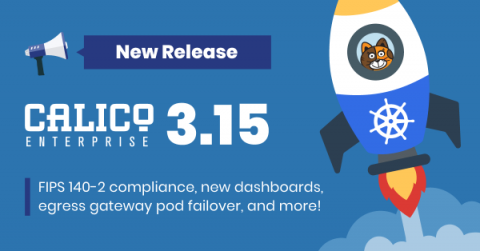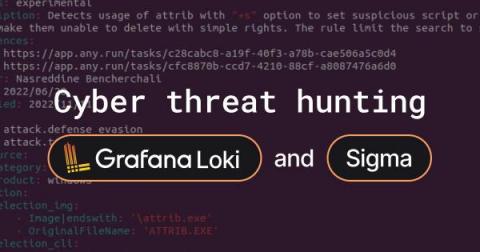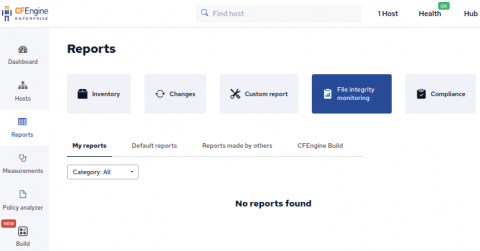5 security hardening CFEngine policy examples
Throughout the security holiday calendar, we’ve looked at modules for enforcing security requirements. Writing the policy to achieve these security hardening goals is easy. By learning how, you can write policy (or modules) for any requirements, including those specific to your organization. In this blog post, we’ll take a look at five beginner-level examples to get you started, focusing on the most common resources to manage with CFEngine; files and packages.











